Table of Contents
- As much as we welcome the sea and shellfish in summer, we need to be more cautious
- What is Vibrio sepsis? Definition and transmission routes
- Main causes and high-risk groups
- What are the incubation period and main symptoms?
- Key preventive measures: Storage, washing, heating, and contact prevention
- How to safely eat oysters, clams, mussels, and abalones
- Principles of gastroenteritis treatment: Go to the hospital first, intravenous fluids first
- Latest trends in Busan and alerts for August and September
- Conclusion, summary, and recap
- Frequently Asked Questions (FAQ)
As much as we welcome the sea and shellfish in summer, we need to be more cautious

Vibrio sepsis is an infectious disease that requires more caution when the sea water temperature rises during the summer.
The main transmission routes are consuming contaminated seafood or having open wounds that come into contact with seawater, especially for patients with underlying conditions such as liver disease or diabetes, who face a significantly higher risk.
This post aims to comprehensively summarize the causes and symptoms of Vibrio sepsis, the incubation period, the basic principles of gastroenteritis treatment, and how to safely consume seafood such as oysters, clams, mussels, and abalones.
What is Vibrio sepsis? Definition and transmission routes
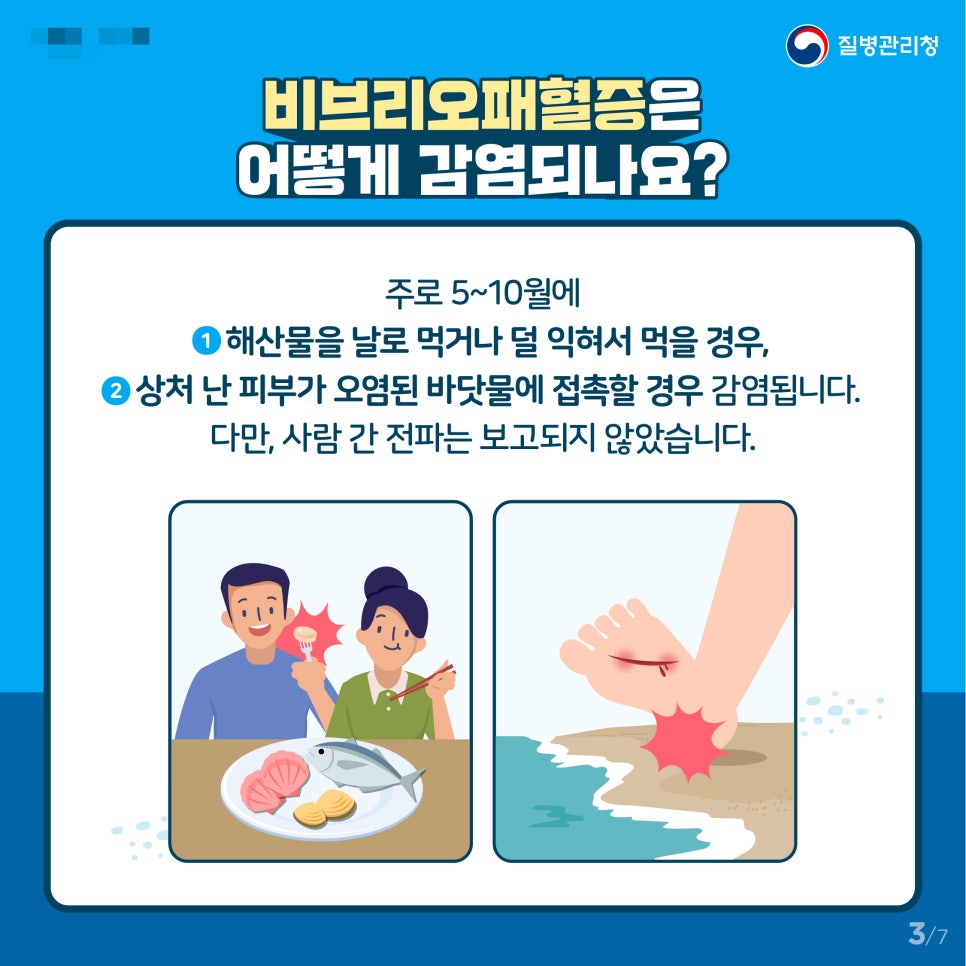
Vibrio sepsis is an acute septic disease caused by the bacterium Vibrio vulnificus. This infection is mainly transmitted in two ways.
The first is by consuming contaminated shellfish raw or undercooked. The second occurs when there are wounds on the skin that come into contact with contaminated seawater.
Particularly, when the seawater temperature rises above 18 degrees Celsius, the proliferation of this bacterium becomes more active, significantly increasing the risk of infection. Thus, caution is necessary.
Main causes and high-risk groups

The main cause of infection is the cross-contamination that occurs during the consumption, cooking, and storage of seafood such as raw oysters, clams, mussels, abalones, and octopus.
Particular groups that need to exercise caution include those with underlying conditions. Individuals with chronic liver disease, alcoholics, diabetics, and those with weakened immune systems face a greater risk of infection.
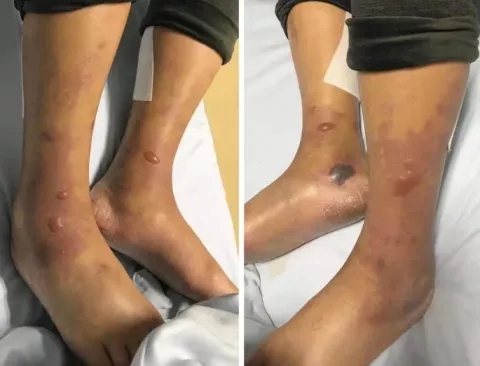
People with chronic liver disease, alcohol dependence, diabetics, and those with weakened immunity must be especially cautious. These groups are at a high risk of developing bacteremia, thus early antibiotic treatment and close monitoring is essential. During the summer, the most effective preventive measure for these high-risk groups is to refrain from consuming raw shellfish.
What are the incubation period and main symptoms?

This disease has a short incubation period of between 12 to 72 hours. Initial symptoms mainly manifest as acute fever, chills, low blood pressure, abdominal pain, nausea, vomiting, and diarrhea.
If rashes, swelling, or hemorrhagic blisters occur rapidly in peripheral areas such as legs within 24 hours after these symptoms appear, there is a high risk of progressing to sepsis. If systemic fatigue appears, immediate medical attention is necessary.
For high-risk groups, this is why the mortality rate is about 50%, underscoring the importance of early symptom recognition and prompt action.
Key preventive measures: Storage, washing, heating, and contact prevention

Prevention can be effectively achieved by adhering to basic principles. Shellfish should be stored in the refrigerator at temperatures below 5 degrees Celsius, and it is essential to heat them thoroughly at temperatures above 85 degrees Celsius during cooking. When washing, use running tap water instead of seawater, and kitchen utensils like cutting boards and knives should be separated for shellfish or thoroughly disinfected after use.
Also, it's fundamental to wear gloves while preparing and cooking. Special caution is required to avoid contact between any open wounds and seawater.
Simple tips can also be effective. When returning home from grocery shopping, immediately dispose of plastic packaging and sanitize the area around the sink to prevent cross-contamination. It is crucial to check the expiration date, storage temperature, and origin when consuming meal kits or sashimi.
How to safely eat oysters, clams, mussels, and abalones

During the summer, seafood such as oysters, clams, mussels, and abalones boast rich flavors, but one of the biggest risks associated with these foods is consuming them undercooked. Therefore, it is important to consume them through various cooking methods such as steaming, grilling, porridge, or soup to ensure they are thoroughly cooked.
If you want sashimi, lightly poached sashimi is a good alternative, but remember that lemon juice alone will not eliminate bacteria. When dining out, it is important to check whether cooked food is served immediately and whether raw and cooked food is handled separately.
Principles of gastroenteritis treatment: Go to the hospital first, intravenous fluids first
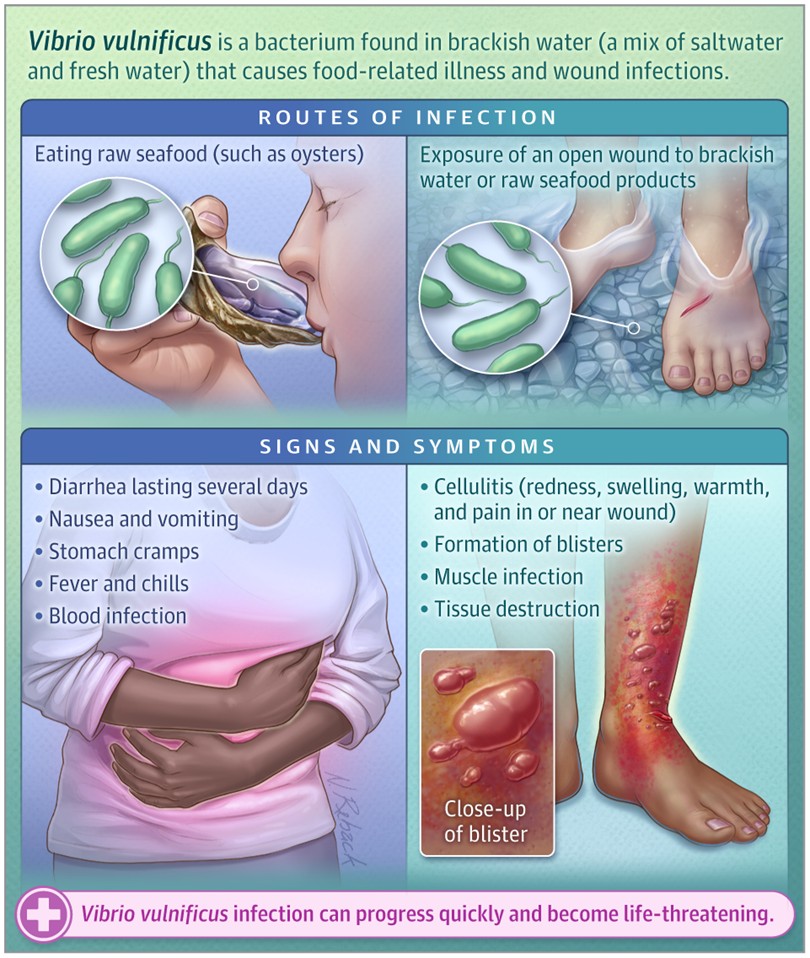
If symptoms of gastroenteritis such as vomiting, diarrhea, and fever appear, it is important to go to the hospital promptly rather than waiting at home.
In the early stages, intravenous fluid therapy is used to correct dehydration and electrolyte imbalances. If the doctor discovers any suspicious symptoms, blood tests and stool cultures are conducted for a more accurate diagnosis, and empirical antibiotics may be used when necessary.
Being precise about past exposure to seawater or ingestion of shellfish greatly aids in diagnosis.
Moreover, taking fever reducers or anti-diarrheal medications arbitrarily can mask symptoms and delay accurate judgment, so caution is necessary.
Latest trends in Busan and alerts for August and September
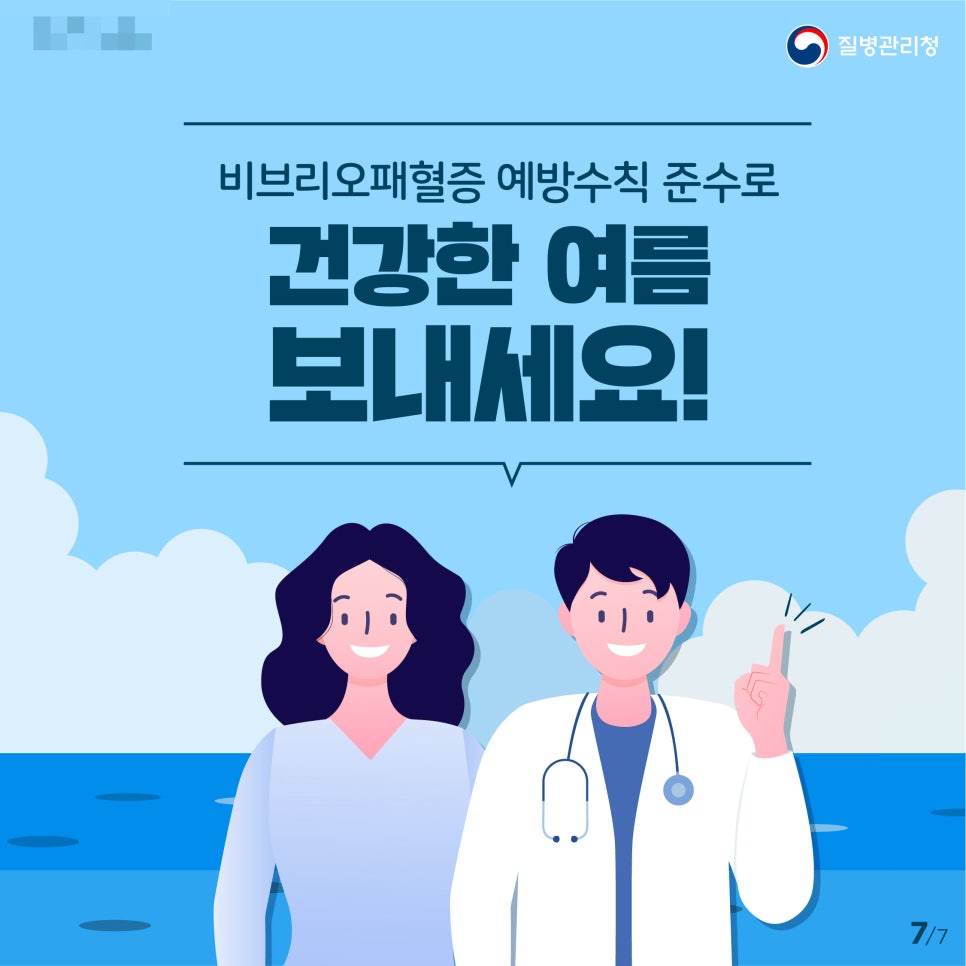
Looking at the reported cases in Busan over the past five years, cases tend to peak in August and September. This period coincides with an increase in marine activities and shellfish consumption.
If you plan to visit the beach or seafood markets, it's advisable to prepare gloves, band-aids, and hand sanitizers. Especially when with children, habits like washing hands and avoiding sharing utensils need to be developed.
I want to emphasize once again that Vibrio sepsis can be adequately prevented if preventive measures are strictly followed.
Conclusion, summary, and recap
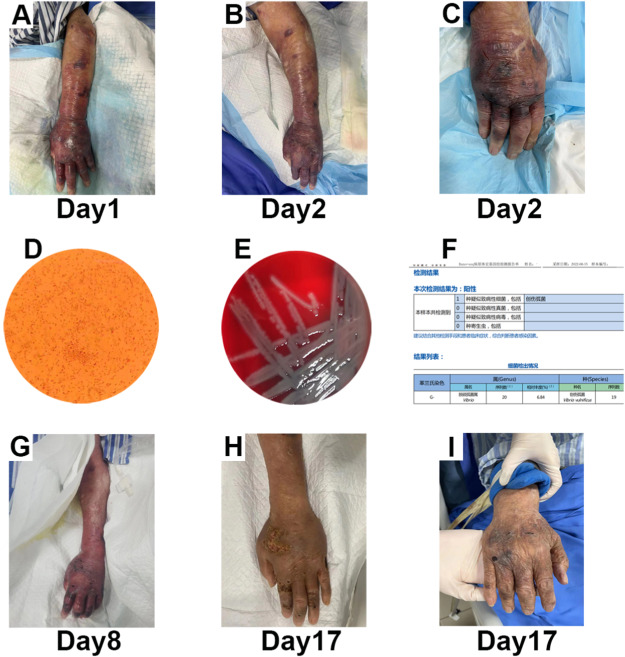
Vibrio sepsis is known to be associated with risk factors related to beach activities or seafood consumption during the summer. However, if preventive measures are strictly adhered to, it is a condition that can be adequately avoided.
The primary causes of this disease are contact with contaminated seafood and seawater, with an incubation period varying from 12 to 72 hours. Symptoms include nausea, vomiting, diarrhea, fever, body aches, and in severe cases, it may progress to hemorrhagic blisters.
It’s crucial to seek medical attention immediately if suspicious symptoms appear. In cases of gastroenteritis, seeking professional medical help is always the highest priority.
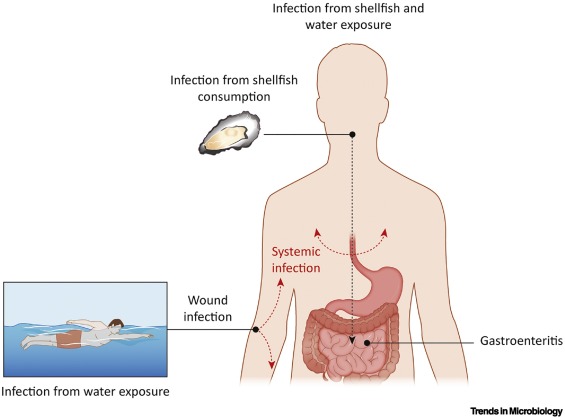
During the summer, it is important to adhere to a few basic rules to safely consume seafood.
Shellfish should be cooked thoroughly and stored below 5℃. It is also advisable to heat them to temperatures above 85℃ and to avoid contact with seawater if there are wounds.
In particular, it is recommended to abstain from consuming raw oysters, clams, mussels, and abalones while ensuring cleanliness and hygiene in cooking and storage. For high-risk groups, avoiding raw consumption and visiting medical institutions immediately if symptoms appear are the most reliable ways to protect one’s life.
#VibrioSepsis, #CausesOfVibrioSepsis, #SymptomsOfVibrioSepsis, #IncubationPeriodOfVibrioSepsis, #GastroenteritisTreatment, #SummerFoodPoisoning, #ShellfishPrecautions, #BeCarefulOfOysters, #CookingClams, #MusselSafety, #AbaloneCooking, #NauseaVomitingDiarrhea, #FeverBodyAches, #SeawaterContactPrecautions, #BusanSummer, #BusanHealth, #SeafoodSafety, #FoodPoisoningPrevention, #SepsisAlert, #PrecautionsForImmunocompromisedIndividuals, #LiverDiseasePrecautions, #DiabetesPrecautions, #SummerHeatingCooking, #StorageBelow5Degrees, #HeatingAbove85Degrees, #NotFluorosodaDisinfection, #CrossContaminationPrecautions, #SeafoodMarketSafety, #CautionForSeaTrips, #SummerHealthManagement
Frequently Asked Questions (FAQ)
Q. What is Vibrio sepsis and how is it transmitted?
Vibrio sepsis is an acute septic condition caused by the Vibrio vulnificus bacteria, transmitted through consumption of contaminated seafood or contact of contaminated seawater with broken skin.
Vibrio sepsis is an infection that primarily occurs in summer when sea temperatures rise above 18 degrees. The main transmission routes include eating contaminated shellfish raw or undercooked and contacting contaminated seawater with open skin. The bacteria can infiltrate through these routes causing severe sepsis, requiring caution.
Q. What are the main causes of Vibrio sepsis and who are the high-risk groups?
Infections occur mainly from eating contaminated seafood such as raw oysters and cross-contamination, with high-risk groups including those with liver disease, diabetes, and immunocompromised individuals.
Vibrio infections primarily occur from eating raw seafood like oysters, clams, mussels, abalones, and octopus or from contamination during storage and cooking. Particularly, individuals with chronic liver disease, alcohol dependence, diabetes, and weakened immunity are at higher risk for progression to bacteremia, necessitating special caution when consuming food. These high-risk groups must strictly adhere to hygiene and cooking principles.
Q. What is the incubation period and main symptoms of Vibrio sepsis?
The incubation period is between 12-72 hours, and symptoms include acute fever, chills, vomiting, diarrhea, skin rashes, swelling, and hemorrhagic blisters.
Initial symptoms appear within 12-72 hours, such as acute fever, chills, abdominal pain, nausea, vomiting, and diarrhea. Within 24 hours, rashes, swellings, or hemorrhagic blisters may abruptly appear on peripheral skin, increasing the risk of sepsis, particularly with accompanying systemic fatigue and body aches. The mortality rate for high-risk individuals is approximately 50%, underlining the importance of early detection and quick response.
Q. What are the key rules for preventing Vibrio sepsis?
Shellfish should be stored below 5 degrees, adequately heated above 85 degrees, cooking utensils should be separated and disinfected, and wounds should avoid seawater contact.
To prevent Vibrio sepsis, seafood must be stored in the refrigerator at temperatures below 5 degrees Celsius and thoroughly heated above 85 degrees during cooking. Use running tap water for washing instead of seawater, and separate cutting boards and knives for seafood or thoroughly disinfect them after use. Wearing gloves when handling or cooking is recommended, and individuals with open wounds should avoid contact with seawater. To prevent cross-contamination, disposing of plastic packaging and sanitizing the sink area is important.
Q. What should be done if symptoms of Vibrio sepsis are suspected?
It is essential to visit a hospital promptly for intravenous treatment and accurate diagnosis rather than waiting at home.
If symptoms like vomiting, diarrhea, and fever occur, it's essential to seek appropriate treatment from a medical institution immediately. Initially, intravenous therapy corrects dehydration and electrolyte imbalance, and the doctor will conduct blood tests and stool cultures for diagnosis. Empirical antibiotics may also be administered based on circumstance. Providing accurate information on exposure to seawater or consumption of seafood to the medical staff is crucial, and it's best to avoid taking antipyretics or antidiarrheal medications to prevent masking symptoms.
Q. How can oysters, clams, and other seafood be safely consumed in summer?
Oysters, clams, etc. should be thoroughly cooked by steaming, grilling, porridge, or soup, and consumption of raw or merely lemon-juiced preparations should be avoided.
During the summer, oysters, clams, mussels, and abalones are plentiful but pose a significant risk if eaten raw. Therefore, they should be thoroughly cooked using methods such as steaming, grilling, porridge, or soup for safety. When desiring sashimi, selecting lightly poached alternatives is better, but note that lemon juice alone cannot eliminate bacteria. When dining out, checking if cooked and raw foods are prepared and served separately is advisable.